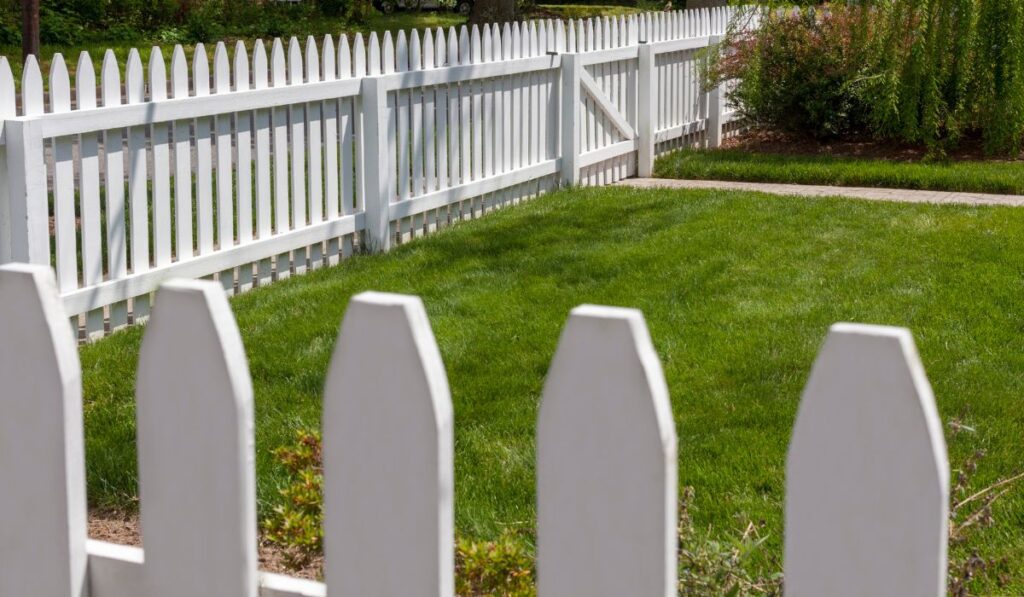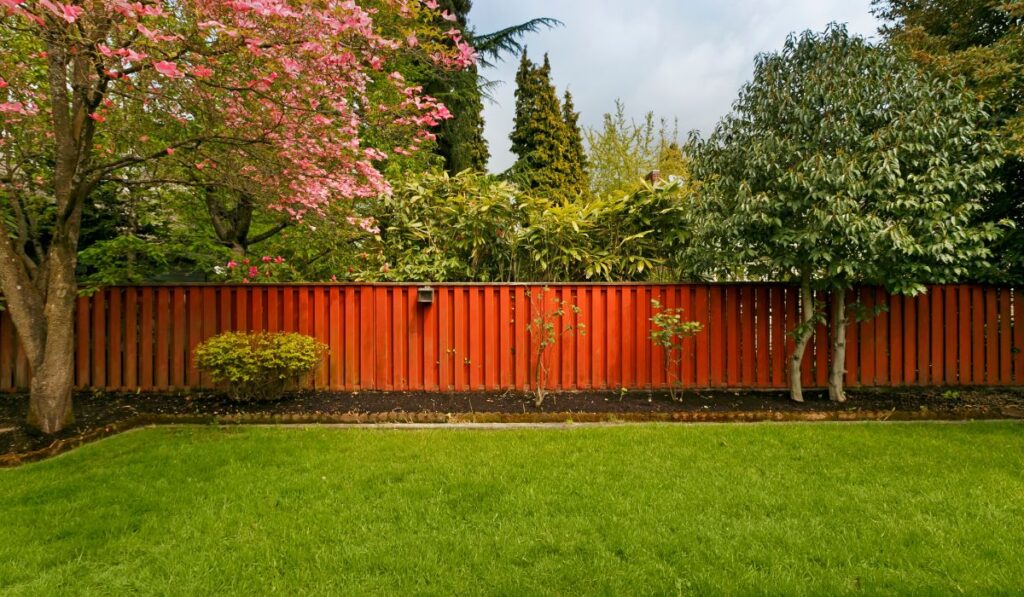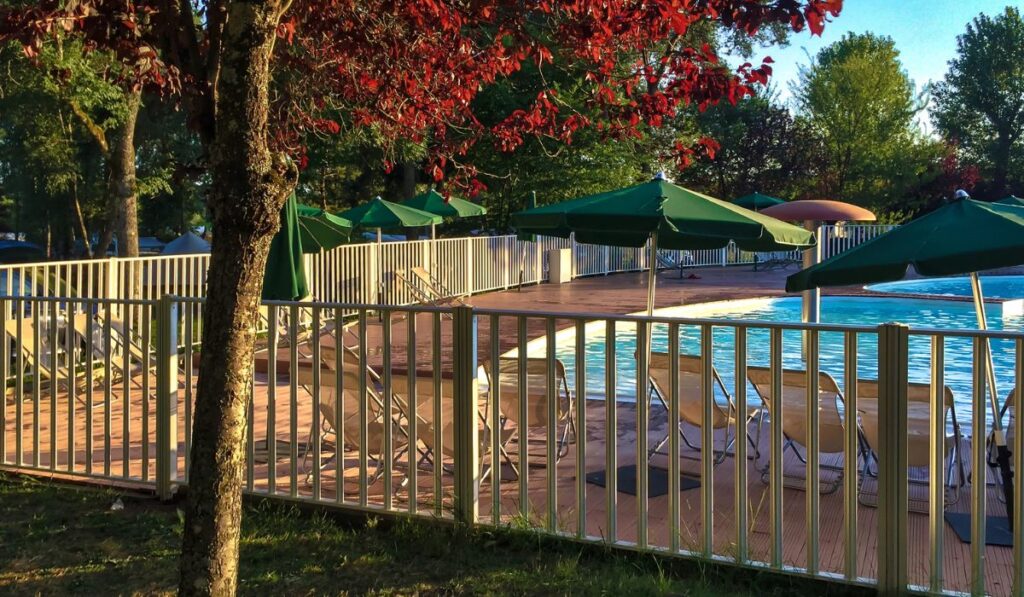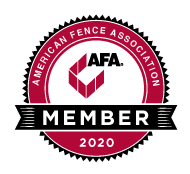In any community, maintaining good neighborly relations is essential for fostering a sense of harmony and mutual respect.
A significant aspect of this is properly handling fence installation and maintenance.
In this article, we will explore the significance of proper fence etiquette in keeping neighbors happy and content.
From choosing the right fence to dealing with potential disputes, we’ll cover all the essential elements of a neighbor-friendly fence.
Importance of Good Neighbor Relations
Establishing a positive relationship with your neighbors from the beginning can make a considerable difference when it comes to fence installation.
Being courteous and considerate of their needs will set the foundation for a successful fencing project.
Role of Proper Fence Etiquette
Proper fence etiquette is about more than just the physical boundaries; it’s about communication and understanding.
Keeping your neighbors informed and engaged in the process will lead to a smoother and more enjoyable experience for everyone involved.
Choose the Right Fence
Matching the Fence Style to the Neighborhood
Aesthetics play a crucial role in fence installation.
Choosing a fence style that complements the overall look and feel of the neighborhood ensures that it blends in seamlessly.
Communicating with Neighbors
Before making a final decision on the fence style, it’s essential to communicate with your neighbors and get their input.
This collaborative approach fosters a sense of community and respect.
Fence Placement
Property Line Clarification
To avoid potential disputes, it is vital to clarify the exact location of your property lines.
Professional surveying can help determine the boundaries accurately.
Consensus with Neighbors
Before installing the fence, try to reach a consensus with your neighbors on the fence’s location.
Reaching an agreement will prevent any future conflicts.
Maintaining the Fence
Regular Inspections and Repairs
Performing regular inspections and prompt repairs ensure that your fence stays in excellent condition.
This proactive approach will prevent minor issues from turning into major problems.
Landscaping Considerations
Incorporating landscaping around the fence not only enhances its appearance but also helps maintain privacy and security.
Consider adding shrubs or climbing plants for a more natural and inviting look.
Privacy and Security
Balancing Privacy and Openness
Privacy is essential for any homeowner, but it’s also essential to balance it with being open and approachable to neighbors.
Striking this balance fosters a friendly atmosphere.
Enhancing Security without Isolation
A well-designed fence can offer security without making your property feel isolated.
Opt for fence designs that provide a sense of safety without appearing unwelcoming.
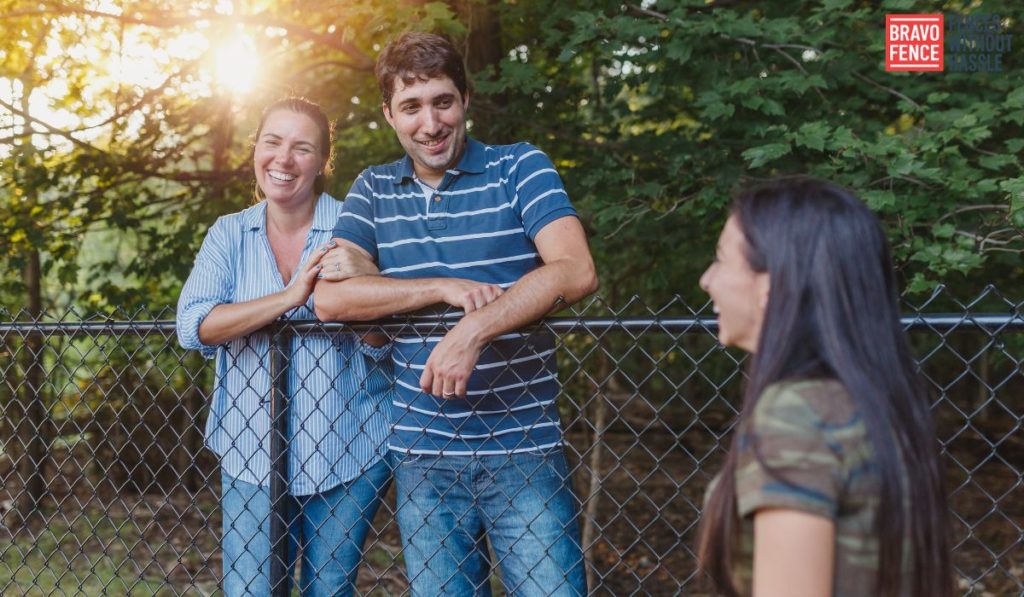
Noise Reduction
Sound-Absorbing Fence Materials
Living in a noisy area can be challenging, but certain fence materials can help reduce external noise, creating a more tranquil living environment.
Respecting Quiet Hours
Encourage your neighbors to respect quiet hours, ensuring a peaceful coexistence within the community.
Pet Considerations
Responsible Pet Ownership
If you have pets, it’s essential to be a responsible pet owner and ensure they don’t cause disturbances to your neighbors.
Preventing Escapes and Disturbances
Properly secure your yard with a suitable fence to prevent your pets from escaping and causing any disturbances in the neighborhood.
Decorating Your Fence
Creating a Welcoming Atmosphere
Use your fence as a canvas for creativity and expression.
Decorate it with tasteful items that create a warm and inviting atmosphere.
Collaborative Decorations with Neighbors
Consider collaborating with your neighbors on fence decorations to showcase a united and friendly neighborhood spirit.
Dealing with Disputes
Communication and Understanding
In the event of a fence-related dispute, open and honest communication is key.
Address concerns respectfully and be willing to find a compromise.
Involving Mediators or Authorities
If disagreements persist, involving mediators or local authorities can help find a resolution while maintaining peace within the community.
Conclusion
Proper fence etiquette is crucial for promoting a harmonious neighborhood environment.
By choosing the right fence, considering your neighbors, and maintaining the fence adequately, you can build strong community bonds while ensuring privacy, security, and mutual respect.
Remember, good relationships with your neighbors lead to a happier and healthier living experience.
FAQs
Is it necessary to maintain a good relationship with my neighbors regarding fence installation?
Yes, maintaining a positive relationship with your neighbors during fence installation is crucial for creating a harmonious living environment. Open communication and respect for their opinions will help ensure a smooth process.
What are some popular fence styles that are both attractive and neighbor-friendly?
Several attractive and neighbor-friendly fence styles include wooden picket fences, vinyl privacy fences, and decorative metal fences. These styles complement various architectural designs and are well-received in most neighborhoods.
How can I determine my property lines before installing a fence?
Hiring a professional surveyor is the most accurate way to determine your property lines. They will provide precise measurements, ensuring your fence is installed within your property boundaries.
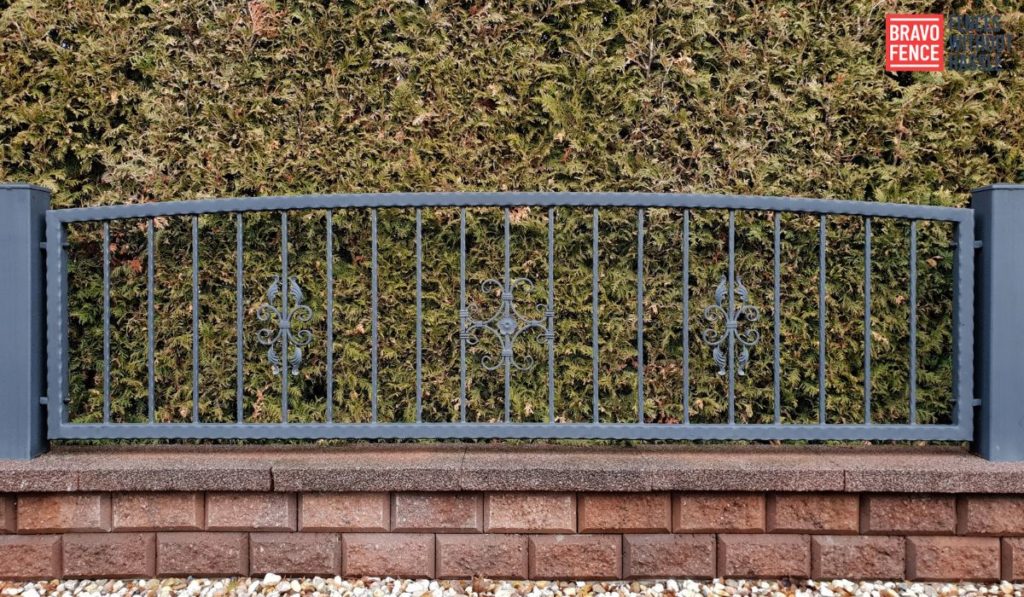
Should I notify my neighbors about fence repairs or maintenance work?
Yes, it is considerate to inform your neighbors about any planned fence repairs or maintenance work. This allows them to be aware of potential disruptions and fosters a sense of transparency.
Can I install a taller fence for added privacy and security?
Yes, you can install a taller fence to enhance privacy and security. However, before doing so, it is essential to check local regulations and consult with your neighbors to avoid potential disputes.
What should I do if my neighbor’s fence is in disrepair and affecting my property?
Approach your neighbor politely and express your concerns about the fence’s condition. Suggest collaborating on repairs or offer assistance in fixing the fence together.
Can I use my neighbor’s fence as a support for additional structures or decorations?
It is best to seek permission from your neighbor before using their fence as a support for additional structures or decorations. Respect their property and boundaries.
Are there any eco-friendly fence materials that I can consider using?
Yes, some eco-friendly fence materials include bamboo, recycled plastic, and reclaimed wood. These materials are sustainable and have a minimal impact on the environment.
Should I consider installing a fence for my front yard as well?
The decision to install a fence in the front yard depends on personal preferences and the neighborhood’s overall aesthetics. Consult with your neighbors and adhere to any local regulations.
How can I mediate a fence-related dispute with my neighbor amicably?
Approach the situation calmly and listen to your neighbor’s concerns. Seek a compromise that benefits both parties and consider involving a neutral mediator if needed to facilitate communication.

